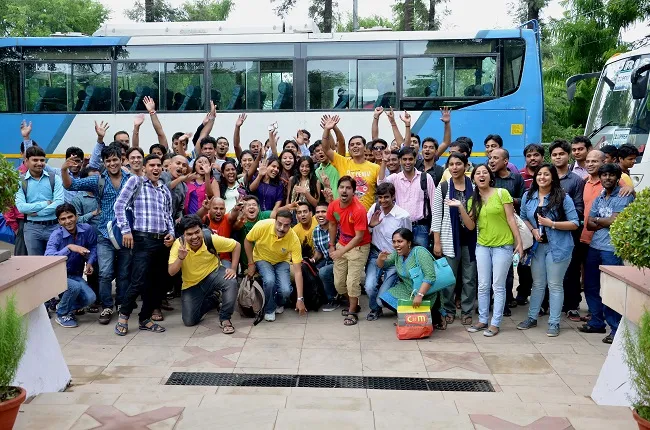How Zopper found its niche in the crowded hyperlocal delivery sector
The hyperlocal marketplace is transforming the retail landscape once again. At the time e-retailers were posing a major threat to brick-and-mortar businesses, the hyperlocal marketplace emerged as the latter’s saviour. This is because it connects local retailers with consumers through local discovery platforms, and helped physical stores gain lost visibility, in order to boost their businesses.

In the last few years, the hyperlocal sector has grown exponentially, and there are now many players in the sector. Started in December 2012 by Neeraj Jain and Surjendu Kuila, Zopper is one of the segment’s most established players.
“Zopper is an app that allows a customer to choose the retailer with the best price for a product, from over 500,000 online and offline retailers, thus creating a unique shopping experience. It caters to the urban mobile-savvy consumer, who wishes to find the best local deals through pricing and product comparison,” says Neeraj Jain, Co-founder and CEO, Zopper.
Talking about Zopper, he says it is India’s first hyperlocal marketplace for consumer durables and home appliances. It has always put technology at the forefront in crafting solutions that bring real value to its consumers and key stakeholders. In terms of shopping for consumer durables in India, no other player has been able to reach where Zopper is. Zopper’s core differentiators are that it makes consumers aware of the best prices from local stores, and that it delivers them the goods they desire within 24 hours. The product was launched to provide a hassle-free shopping experience to consumers, and to provide them comprehensive product listings, through amalgamation of both online and offline retailers.
Go-to-market strategy
The company’s go-to-market strategy focuses on bolstering its brand presence across 30 cities in the country, key appointments, and using technology to accelerate the growth of the company. The product has been active on both online and offline marketing platforms. It has been employing digital campaigns, social media campaigns, consumer activation programs, and retail branding to acquire customers.
Growth figures
Zopper has been going great guns since its launch. It has scaled its presence from one city to 10 in the last quarter, and intends to spread across over 30 cities by FY15-16. It has about 500,000 merchants listed on its app, with over 1 million app installations so far.
The venture is well-funded too. In June 2014, the venture raised Series A funding of $6.6mn, backed by marquee investors such as Tiger Global, Blume Ventures and Nirvana Ventures Advisors. This funding was used to build a strong foundation for the company. This year, the company clinched Series B funding of $20mn, again from Tiger Global and Nirvana Ventures Advisors. With the newly obtained Series B funding, the company is all set to significantly develop through implementing expansion plans and indulging in strategic hiring.
Overall growth in hyperlocal delivery
Zopper is not the only player in the hyperlocal sector claiming to be growing rapidly and clinching funding. Other players too are neck-in-neck, and are making the segment more vibrant and competitive.
In the past two years, the hyperlocal delivery industry has witnessed huge traction. Delivery models like Grofers, Swiggy, TinyOwl and PepperTap have received large amounts of funding from leading venture capital firms.
In April 2015, online grocer Grofers raised $35 million, led by Tiger Global Management and Sequoia Capital. In February, Swiggy raised $16.5 million from Norwest Venture Partners, SAIF Partners and Accel Partners India. In the same month, TinyOwl raised Rs 100 crore from Sequoia Capital, Nexus Ventures and Matrix Partners India.
Competition
When it comes to direct competition, there is no such thing in the sector. However, overall, industry-wise, they compete with anyone who is anti-local retailer. They say their competitors are thus primary commerce platforms that sell consumer durables, like Snapdeal, Amazon and Flipkart, as well as secondary platforms, like JustDial and Pricebab, who are into merchant/price discovery.
Overview of industry
The growth trajectory of the Indian e-commerce sector has been phenomenal in recent years. It has gone up by more than 600 percent, and reached the whopping $16 billion mark in 2014. But today, m-commerce is set to overtake e-commerce, in terms of business provided. Global m-commerce growth has outpaced traditional e-commerce growth by 200 percent over the past few years. The number of mobile internet users in India is also growing, with th expected to touch 213 million by June 2015.
“As India’s retail market is geared to scale up from $650 million to $1 trillion by 2020, there is immense scope for the proliferation of our hyperlocal business. We will achieve this by bringing more retailers into our fold, for them to reap the benefits of going hyperlocal,” says Neeraj.







